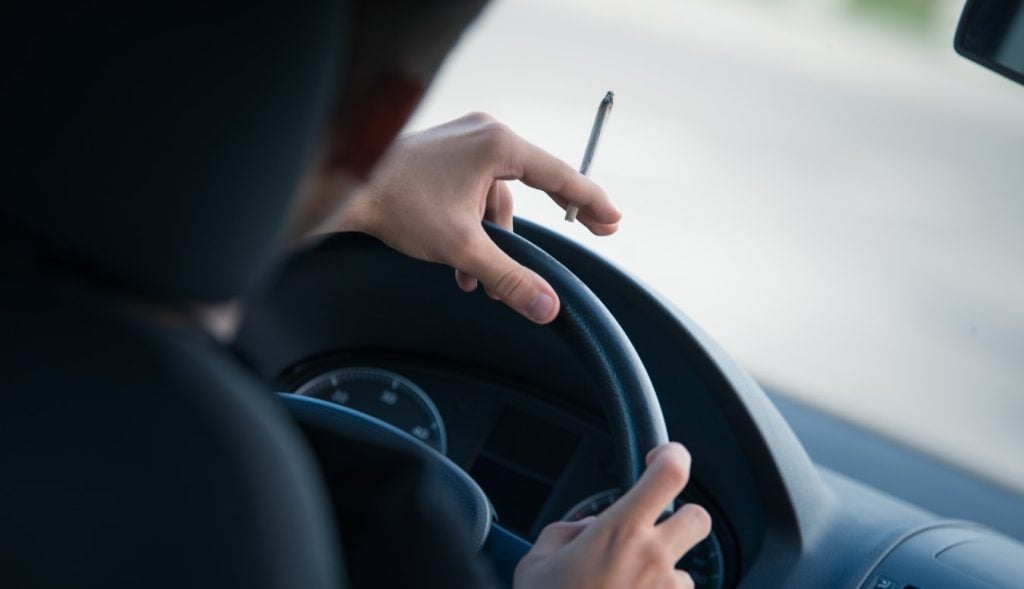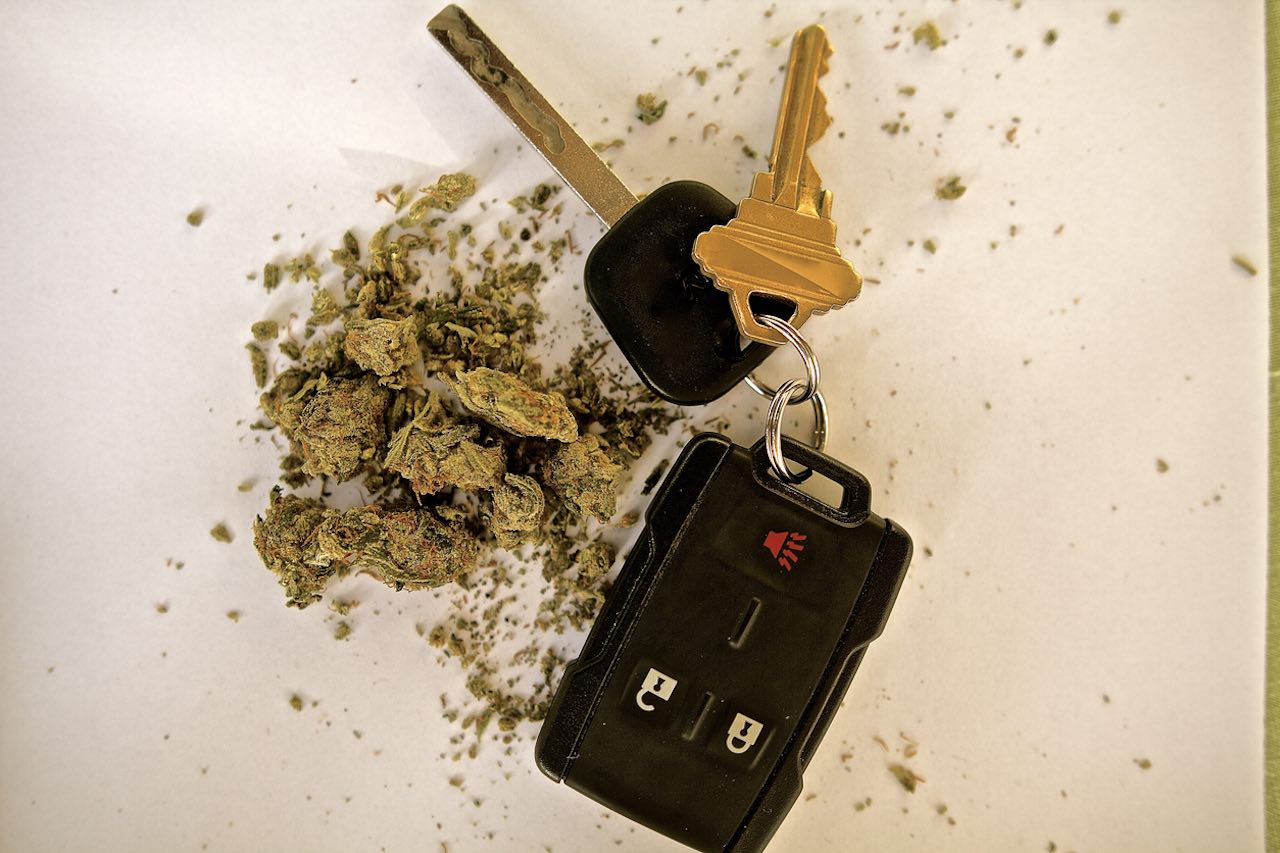Roadside Saliva Test: When it comes to driving under the influence, the first image is drinking in most people’s minds. Yet, driving under the influence isn’t just limited to alcohol – drugs count as such.
Typically, it’s been easier for drivers influenced by alcohol to take a breathalyser test. But how can you test for a drug like marijuana? With no known test for marijuana, you would think that it can make the work of an impaired driving lawyer much easier.
However, countries like Canada that have legalised marijuana have introduced roadside saliva screening for it. In this case, it begs many questions about how it works and what it means in the context of driving under the influence. Learn what roadside saliva testing is all about so you don’t unwittingly drive with drugs still in your system!
How the Roadside Saliva Test Works
If a police officer suspects you of being under the influence of drugs while driving, they will test you with a small, portable machine and swab your mouth to see if your results then and there if you passed or not. If failed, a police officer can legally have you go in for further testing through a blood test or an examination by a drug recognition expert.
Advertisement
Content in this Article
Interestingly enough, this roadside saliva test can detect whether you had cocaine or marijuana through its oral fluid used. However, if you’re hoping to sober up from these particular drugs, it may be harder to do so since it can see if you have smoked or snorted within the last six hours.
Measuring Drug Impaired Driving
For alcohol, the best way to find out if the driver is impaired is through a breathalyser since it can measure the amount of blood alcohol content. Yet, what’s the equivalent measurement when it comes to drugs? Can you measure it the same with different drugs like cocaine and marijuana? It is possible!
When it comes to detecting driving under the influence of drugs, the measurement is through blood drug concentration. For example, suppose the blood concentration of a marijuana smoker was more than two nanograms of THC (per millilitre of blood) but less than five nanograms. In that case, they can be found guilty of impaired driving and pay a fine for it.
Similar to an alcohol-impaired driving conviction, a blood drug concentration of more than five nanograms of THC in their blood could be found guilty of impaired driving, including mandatory minimum penalties of fine on a first offence, 30 days imprisonment on a second offence, and 120 days imprisonment on a third offence.

Driving and Drugs Legal Issues
Countries are gradually legalising drugs like marijuana. However, it’s not without its legal ramifications. There are many who contend on whether the validity of the roadside test works properly. One critique is that it mainly focuses on the THC aspect of marijuana, for example, without considering its other component that can have just as much of an effect on a driver.
Since THC doesn’t always equate to intoxication, it can create faulty claims of impairment and for drivers to be unnecessarily arrested by a police officer. As a result, it can cause those with high tolerance or those treated through medical marijuana to be given a DUI that isn’t warranted. Plus, a DUI is quite a serious offense, so any problems with inaccurate testing can prove an issue for defence lawyers and their clients.
When it comes to testing alcohol for impairment, it’s rather straightforward through a breathalyser and a precise amount that points out intoxication. The roadside saliva test is a promising way of measuring drug impairment in drivers. However, it does come with issues. Since drug legalisation (i.e. marijuana) is in few countries, there are fewer chances to refine the tests’ means of accuracy.
There are various drugs, and it can be hard to measure them under a universal test. In addition, these problems with accuracy can create legality issues that can result in unnecessary DUIs. For the most part, the roadside saliva test is a good start in trying to find ways to measure drug impairment in a driver, but it still has a long road ahead before it can be deemed useful.

